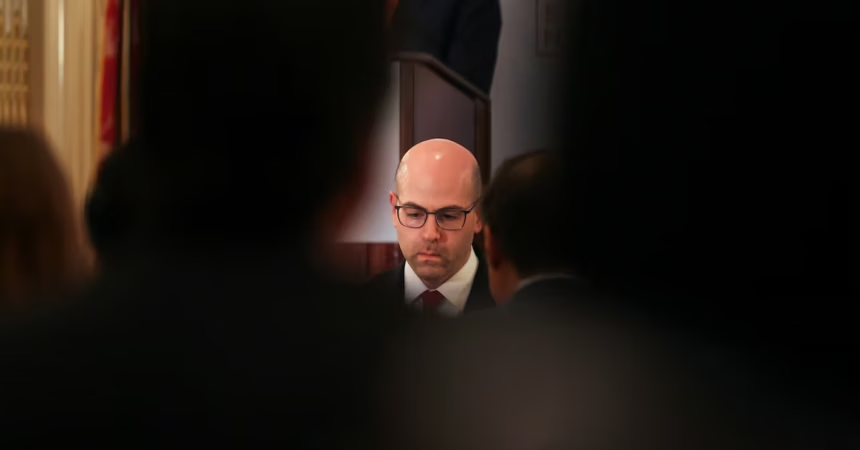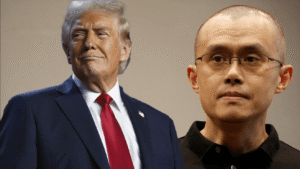Stablecoin Demand Could Lower US Interest Rates: Fed’s Miran
Background on Stablecoin Demand
US Federal Reserve Governor Stephen Miran highlighted the impact of growing stablecoin demand on US interest rates at the BCVC summit in New York Friday, reporting via Cointelegraph. Miran, who was appointed by former President Donald Trump, said that dollar-pegged crypto stablecoins might be “putting downward pressure” on the neutral interest rate (r-star), the benchmark rate that neither accelerates nor slows economic growth.
According to CoinGecko data, the total market capitalization of all stablecoins is currently $310.7 million. Miran referenced Fed research suggesting the stablecoin market could expand to $3 trillion within the next five years. He explained, “My thesis is that stablecoins are already increasing demand for US Treasury bills and other dollar-denominated liquid assets by purchasers outside the United States and that this demand will continue growing.” He further cautioned that stablecoins “may become a multitrillion-dollar elephant in the room for central bankers.”
Potential Impact on US Interest Rates
Miran explained that growing global demand for US dollar-tied stablecoins increases purchases of US Treasury bills and other liquid assets. This trend, he stated, could lower the neutral interest rate. If this neutral rate falls, the Federal Reserve would likely respond by reducing the benchmark interest rate as well.
The link between stablecoin demand and interest rates highlights the evolving relationship between digital assets and traditional finance. Organizations such as the International Monetary Fund have issued warnings, noting that stablecoins pose risks to conventional financial institutions and services by competing for customers. US banking groups have urged Congress to strengthen oversight, especially of “yield” stablecoins that might attract traditional bank users.
Regulatory Developments and Future Outlook
During his speech, Miran endorsed the GENIUS Act for providing clear guidelines and consumer protections for stablecoins. He indicated that a solid regulatory framework is key to enabling further stablecoin adoption. Miran stated, “While I tend to view new regulations skeptically, I’m greatly encouraged by the GENIUS Act. This regulatory apparatus for stablecoins establishes a level of legitimacy and accountability congruent with holding traditional dollar assets,” according to Cointelegraph.
The future growth of stablecoin demand and its effect on US interest rates remains an area of focus for policymakers and market observers, particularly as both the US and international authorities consider potential regulatory measures.
For more industry insights, visit our Cryptocurrency news section.
What’s Next for Stablecoins and Interest Rates?
With the stablecoin market potentially growing to trillions of dollars over the next five years, the implications for US monetary policy and the broader financial system are significant. Continued regulatory debate and increasing global adoption of these crypto tokens will likely determine their long-term influence on the neutral rate and interest rates set by the Federal Reserve.
Sources: Cointelegraph

















